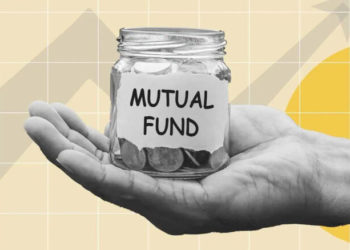The Chinese government has altered its lending policies toward Africa, driven by a combination of factors such as the escalating risks of debt distress in African nations and internal economic challenges in China. This shift resulted in a substantial decrease in funding for African energy projects, dropping below USD 1.0 billion, marking the lowest level in approximately two decades.
President Xi Jinping’s commitment to “greening” the Belt and Road Initiative (BRI) and endorsing smaller-scale projects with economic viability and positive social and environmental impacts is the primary driving force behind this lending strategy transformation. Consequently, the Chinese government has redirected its financial resources away from energy projects in Africa, redirecting them to investments in the environment and education sectors.
In the past, the African energy sector predominantly received Chinese loans. However, in 2021 and 2022, there was a noticeable absence of sovereign loans for energy projects. Instead, Chinese lenders extended USD 59.95 billion in loans to African governments, with nearly half allocated to fossil fuel projects, including oil, coal, and gas/LNG.
The report suggests that the pause in funding for energy projects may be temporary as Chinese lenders explore more environmentally friendly projects, aligning with China’s commitment to greening the BRI. The evolving landscape of Chinese lending to Africa is characterized by a preference for smaller loans under USD 50.0 million, emphasizing projects with significant social and environmental impacts—a shift toward a “small is beautiful” approach in sectors like education and the environment.
The report discloses that 39 Chinese lenders provided a total of USD 170.1 billion in loans to African governments and regional institutions from 2000 to 2022. Although acknowledging a reduction in large-scale Chinese loan finance to Africa in recent years, the report underscores that this shift in Chinese lending is a response to evolving debt challenges in Africa and China’s changing domestic and global priorities.
Africa has grappled with debt distress issues, exacerbated by the COVID-19 pandemic, prompting some countries to seek debt relief. Additionally, tightening global financial conditions and other domestic challenges in China have influenced this change in lending strategy.
The Chinese government’s altered lending strategy toward Africa reflects a more sustainable and socially responsible approach. It addresses economic and financial challenges faced by both China and African countries, underscoring the importance of environmental and social impacts in investment decisions. This evolving Chinese lending landscape in Africa holds far-reaching implications for the continent’s economic development and sustainable growth.














